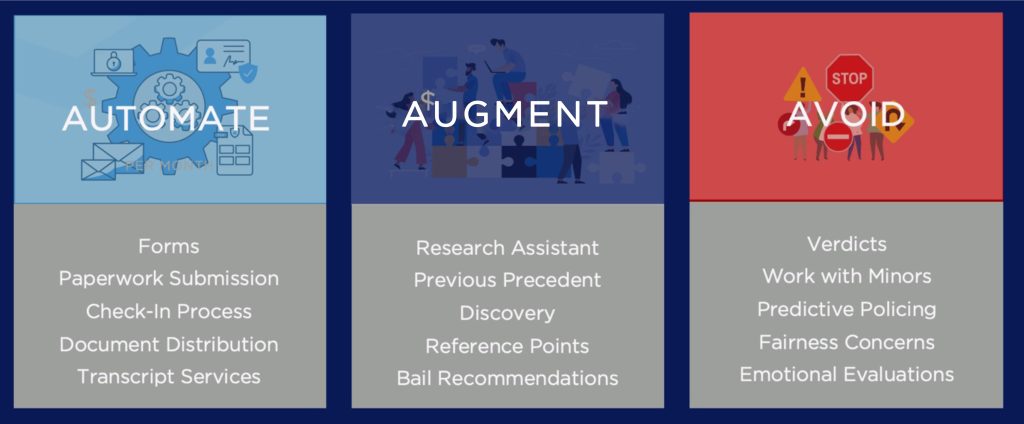How AI Can Alleviate the Frustrating Parts of Your Job
We stood on the operations floor, and she walked me through the process of changing the title of her document to red because her sponsor liked the titles to stand out. “She wants the titles to be in red. I have no idea why,” my colleague said. We opened a Word document. Typed one word. Changed the font color to red. Copied in the word. Opened the reporting system. Pasted in the red word. Continued to type in red until the title was complete. Then went back to Word. Changed the text back to black. Opened the reporting system. Started typing the body of the report in black.

The story above is a real-life example of a frustrated federal employee spending precious time on a manual process, and it’s a story I hear in various forms daily. Allow me to introduce myself. My name is T’Neil, and I have had the opportunity to collaborate with various departments and agencies to establish the role artificial intelligence (AI) will play in our shared future.
There’s a common thread of frustration woven throughout the use of legacy systems and processes within the federal government. Technological inefficiencies combine with insufficient resources and impractical timelines to produce frustrated workers who wish there was an easier way.
So let’s talk AI.
What can AI do for the frustrated government employee? More importantly, how do we decide what AI should or should not do? Determining constraints on the possibilities and boundaries of what AI can do and should do has been the subject of hours of workshops throughout my career. Let me share with you a little of how we’ve mapped out AI’s role.
Technology should work for people, not the other way around.
If this statement is true, then we can naturally categorize our AI approach into three areas:
- What tasks can AI fully automate?
- Where can AI augment human efforts?
- When should we avoid AI altogether?
You already use these constructs in your daily life. To put these into a practical application, let’s apply them to a real-world AI use case, such as the court system.
AUTOMATE: Some responsibilities could be fully automated — changing the font to red definitely falls into this bucket. AI can streamline check-in processes and document distribution without manual worker oversight.
AUGMENT: AI can also collaborate with us to manage and search data and records. Judges can use AI to lighten the workload of pulling and examining precedents from previous cases. One algorithm under human direction can report in less than one minute what could have taken a researcher days to pull together.
AVOID: AI should be avoided when it comes to areas of nuanced, life-affecting policy development. Processes such as producing sentencing guidelines or touching anything that affects a verdict should remain free of AI involvement.

It’s a simple example, but it points to a framework for differentiating the use of AI in the public sector: In what areas within the daily responsibilities of our agencies should we automate with AI, augment with AI, or avoid the use of AI altogether?
Much of the fear, uncertainty and doubt around utilizing AI can be alleviated by establishing these clear boundaries and decision-making frameworks around individual use cases. Use cases such as transparency across agencies, governance, regulatory and ethical compliance, anticipating and responding to security issues, managing constituent engagement, and ensuring efficient contact center operations are ideal ways for the federal government to use AI ethically and effectively.
So let AI make the font red and allow you to focus on the parts of your job that only you can do!
Let’s work to find new ways to leverage AI responsibly and build a brighter future together.
T’Neil Walea is the Director of Strategic Incubations for the Federal Government at Microsoft where she helps integrate artificial intelligence and quantum computing into Federal agencies. As an international speaker, leadership consultant, and technology expert, she helps the Government navigate technological advancements.
She previously worked as IBM’s Chief Technology Officer for Global Governments where she also focused on Federal artificial intelligence and quantum computing.
With a strong background in team building and technology leadership, she is passionate about helping teams develop a healthy culture and adopt cutting-edge leadership and technology strategies. She loves mentoring and helping young women find their place in STEM-driven industries.




Leave a Reply
You must be logged in to post a comment.